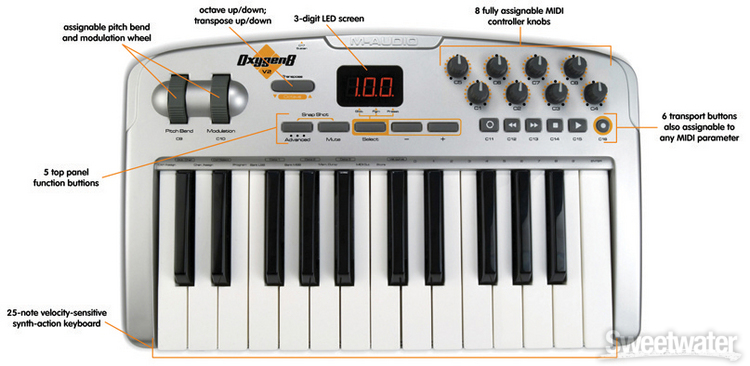


'Hip-F': export version generally similar to 'Hip-E' but with six AT-3 'Sagger' ATMs

'Hip-E': heavily-armed attack helicopter, with 12.7mm machine-gun in nose, external racks for up to 192 rockets and four AT-2 'Swatter' anti-tank missiles 'Hip-C': military assault transport with external stores racks on each side of cabin for 128 rockets or other weapons some uprated to Mi-17 standard as Mi-8T and Mi-8TB, with port-side tail rotor Mi-8 Salon: de luxe civil transport with optional nine- and 11-seat interiors Mi-8T: utility civil transport, intended primarily for the carriage of internal or external freight, but able to accommodate 24 passengers on sidewall tip-up seats Mi-8: standard production passenger version, accommodating 28 to 32 passengers The military versions are identified usually by their NATO reporting names. Large numbers of Mi-8s are used by Aeroflot in the transport role, being deployed also for ice reconnaissance, rescue operations and logistic support, but even greater numbers are operated by the Soviet Union's Frontal and Naval Aviation and, in addition, these helicopters have been supplied to the armed forces of about 40 other nations.
#MIDIMAN OXYGEN 8 EL CAPITAN SERIES#
Since series construction began, a total of 10,000 Mi-8s have been built, for both civil and military use. The availability of so much engine power, by comparison with the 1268kW of the Mi-4, meant the new helicopter had a larger cabin, providing accommodation for a crew of two or three and up to 28 passengers in a standard airline configuration. The only other major change to be introduced since that time resulted from problems with the main rotor inherited from the Mi-4, replaced in 1964 by a five-bladed rotor of more advanced design in the 'Hip-B' prototype. However, the second machine (flown for the first time on 17 September 1962) introduced the Isotov engines, each then rated at 1119kW, and this became the standard installation on early production aircraft, designated Mil Mi-8 (NATO reporting name 'Hip').

Intended powerplant was two Isotov turboshaft engines, but as these were not fully developed when the V-8 was nearing completion, it was powered instead by a single large Soloviev turboshaft derated to the 2013kW limit of the transmission, for its first flight in June 1960. K.Munson "Helicopters And Other Rotorcraft Since 1907", 1968ĭesigned originally in 1960, the V-8 'Hip-A' prototype helicopter was basically a turbine-powered version of the Mi-4, retaining initially its rotor, transmission and a number of other components. Like the other Mil turbine helicopters, the Mi-8 can also be used as a rescue machine with a winch on the cabin side capable of lifting a 250kg load, or with an under-fuselage hook for an external sling load of about 2500kg. Clamshell rear doors are provided for loading large items of cargo or, in the ambulance role, 12 stretchers which can be carried with an accompanying medical attendant. Emergency conversion of the cargo model to a passenger carrier can be carried out quickly by installing 24 tip-up seats along the cabin sides. Alternative internal arrangements include a de luxe saloon cabin for executive travel or a cargo layout for an internal payload of 4000kg. Intended primarily for Aeroflot, the Mi-8 carries a 2- or 3-man crew and has seating accommodation for up to 28 passengers in its standard airline form. The latter has been the standard installation on all subsequent aircraft, the only major design change being the substitution of a 5-blade rotor for the original 4-blade one in 1964. The original prototype was powered by a single 2700shp Soloviev shaft turbine mounted over the cabin roof, but in the second machine, which flew for the first time on 17 September 1962, this was replaced by two of the smaller Isotov engines of 1500shp each. In broad terms it bears the same relationship to the Mi-4 as the Mi-2 has to the Mi-1, and (initially at least) the rotor hub, rotor blades, rear fuselage boom and certain undercarriage components were similar to those employed in the Mi-4. The third of Mikhail Mil's current quartet of turbine-powered helicopters, the Mi-8, appeared in prototype form towards the end of 1961. Mil Mi-8 helicopter - development history, photos, technical data


 0 kommentar(er)
0 kommentar(er)
